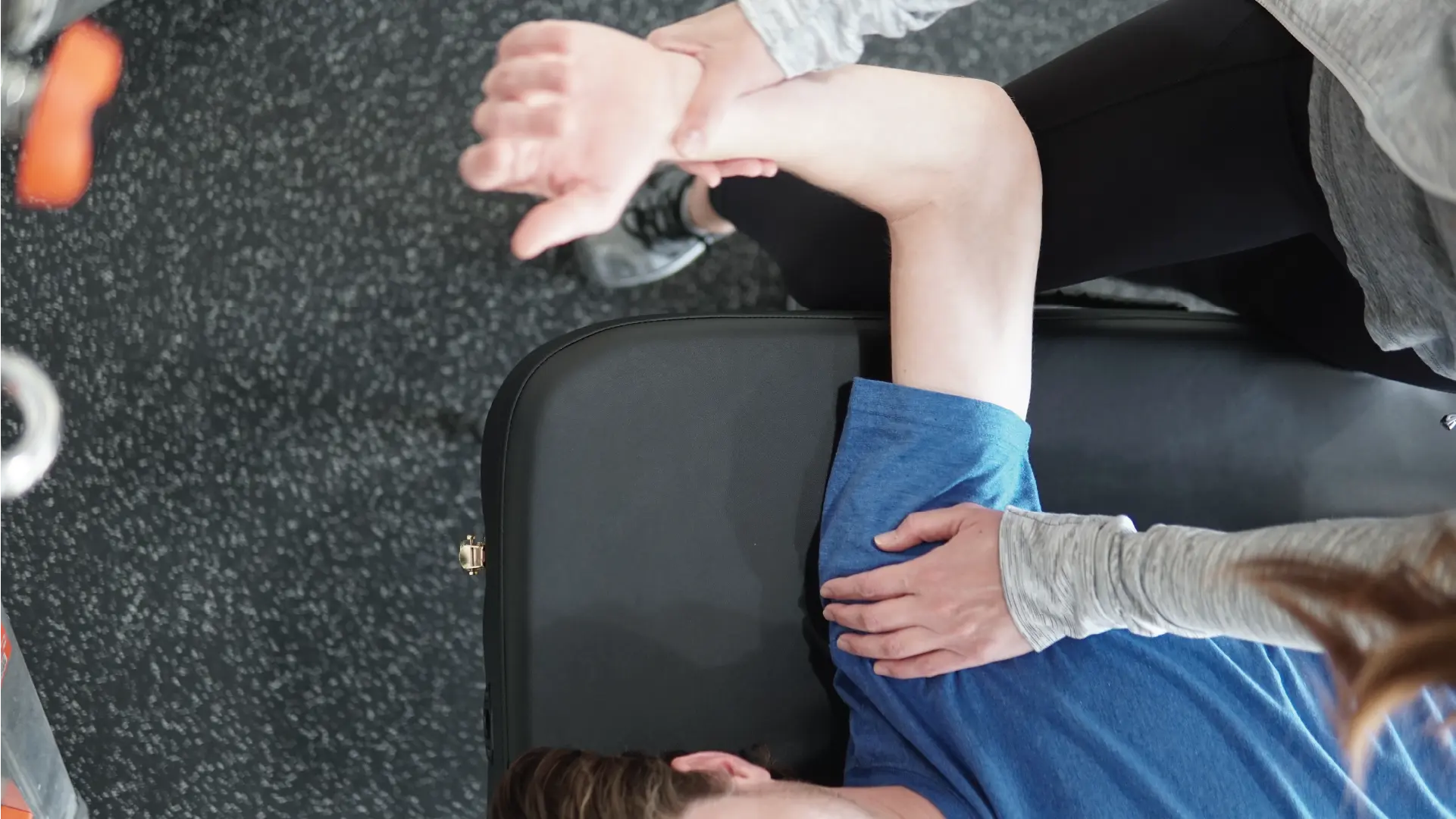Shoulder pain is a frequent issue many Americans face, especially as they get older. A torn rotator cuff is one of the most common causes of shoulder pain, with many people needing repair at some point. As we age, rotator cuff tears and pain tend to become more frequent. Another leading cause of shoulder pain is rotator cuff tendinitis, also known as shoulder impingement.
The good news is that physical therapy is highly effective in treating rotator cuff tendinitis, often avoiding the need for surgery. For younger, active individuals, shoulder dislocations and subluxations are common and may sometimes require surgical intervention.

The rotator cuff is a group of muscles and tendons that surround the shoulder joint, and tears in these tissues can lead to pain, weakness, and limited range of motion in the shoulder.
This occurs when the rotator cuff tendons become compressed or irritated as they pass through the narrow space (subacromial space) between the shoulder blade and the top of the shoulder joint, resulting in pain and limited movement, especially when raising the arm.
This condition involves stiffness and pain in the shoulder joint, often due to inflammation and thickening of the shoulder capsule, leading to restricted mobility and pain with movement.
When the upper arm bone (humerus) pops out of the shoulder socket, it can cause intense pain, swelling, and instability in the shoulder joint.
Like other joints, the shoulder can develop arthritis, leading to pain, stiffness, and reduced range of motion, particularly in activities that require overhead movement.
The labrum is a ring of cartilage that helps stabilize the shoulder joint, and tears in this structure can cause pain, clicking or catching sensations, and feelings of instability in the shoulder.
Cervicogenic headaches are a type of headache that originates from issues in the cervical spine (neck). They can sometimes act similar to a tension-type headache or migraine. These headaches arise from abnormalities or dysfunction in the cervical spine, such as misaligned vertebrae, muscle tension, or irritated nerves. Symptoms: Cervicogenic headaches typically cause pain on one side of the head, often starting in the neck and radiating to the back of the head, temples, forehead, or behind the eyes. The pain is usually dull or aching and may be accompanied by neck stiffness or limited range of motion.
Inflammation of the tendons in the shoulder, such as the biceps tendon or the tendons of the rotator cuff muscles, can cause pain, especially with overhead activities.
If you or a family member have been dealing with persistent pain for more than three weeks without improvement, a visit to a licensed physical therapist could be highly beneficial. While many aches and pains improve on their own, ongoing issues often need a professional evaluation from a musculoskeletal expert.
All information on this website is intended for instruction and informational purposes only. The authors are not responsible for any harm or injury that may result. Significant injury risk is possible if you do not follow due diligence and seek suitable professional advice about your injury. No guarantees of specific results are expressly made or implied on this website.
© unifypt.com | All rights reserved